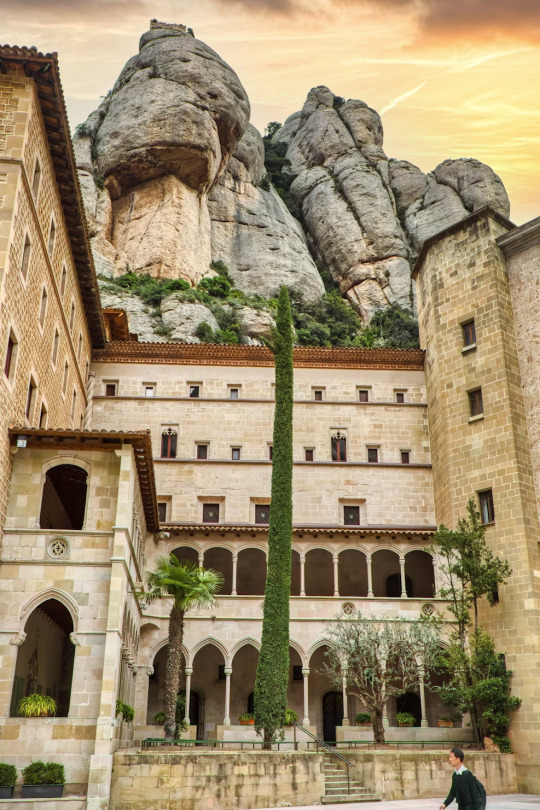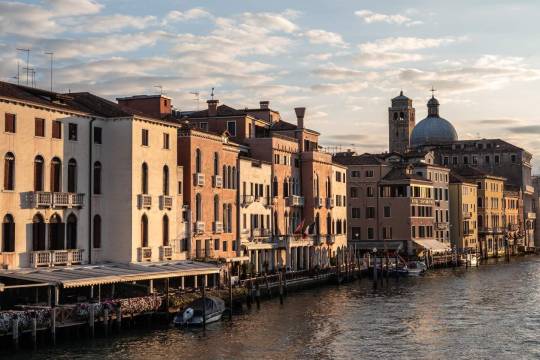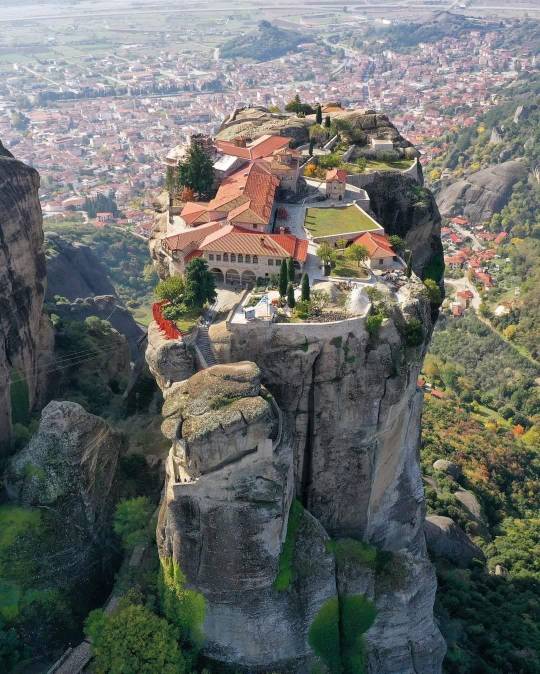#EUROPE
Text
"Tuesday’s [April 9, 2024] definition-shifting court ruling means nearly 50 governments must now contend with a new era of climate litigation.
Governments be warned: You must protect your citizens from climate change — it’s their human right.
The prescient message was laced throughout a dense ruling Tuesday from Europe’s top human rights court. The court’s conclusion? Humans have a right to safety from climate catastrophes that is rooted in their right to life, privacy and family.
The definition-shifting decision from the European Court of Human Rights means nearly 50 governments representing almost 700 million people will now have to contend with a new era of litigation from climate-stricken communities alleging inaction.
While the judgment itself doesn’t include any penalties — the case featured several women accusing Switzerland of failing to shield them from climate dangers — it does establish a potent precedent that people can use to sue governments in national courts.
The verdict will serve “as a blueprint for how to successfully sue your own government over climate failures,” said Ruth Delbaere, a legal specialist at Avaaz, a U.S.-based nonprofit that promotes climate activism...
Courting the courts on climate
The European Court of Human Rights was established in the decade following World War II but has grown in importance over the last generation. As the judicial arm of the Council of Europe, an international human rights organization, the court’s rulings are binding on the council’s 46 members, spanning all of Europe and numerous countries on its borders.
As a result, Tuesday’s [April 9, 2024] ruling will help elevate climate litigation from a country-by-country battle to one that stretches across continents.
Previously, climate activists had mostly found success in suing individual countries to force climate action.
A 2019 Dutch Supreme Court verdict forced the Netherlands to slash its greenhouse gas emissions by 25 percent, while in 2021 a French court ruled the government was responsible for environmental damage after it failed to meet greenhouse gas reduction goals. That same year, Germany’s Constitutional Court issued a sweeping judgment that the country’s 2019 climate law was partly “unconstitutional” because it put too much of the emissions-cutting burden on future generations.
Even in the U.S., young environmental activists won a local case last year against state agencies after arguing that the continued use of fossil fuels violated their right to a "clean and healthful environment."
But 2024 is shaping up to be a turning point for climate litigation, redefining who has a right to sue over climate issues, what arguments they can use, and whom they can target.
To start, experts overwhelmingly expect that Tuesday’s ruling will reverberate across future lawsuits — both in Europe and globally. The judgment even includes specifics about what steps governments must take to comply with their new climate-related human rights obligations. The list includes things like a concrete deadline to reach climate neutrality, a pathway to getting there, and evidence the country is actually on that path...
Concretely, the verdict could also affect the outcomes of six other high-profile climate lawsuits pending before the human rights court, including a Greenpeace-backed suit questioning whether Norway's decision to grant new oil and gas licenses complies with its carbon-cutting strategy.
An emerging legal strategy
In the coming months, other international bodies are also expected to issue their own rulings on the same thorny legal issues, which could further solidify the evolving trend.
The International Court of Justice, the International Tribunal for the Law of the Sea and the Inter-American Court of Human Rights all have similar cases working through the system.
"All these cases together will clarify the legal obligations of states to protect rights in the context of climate change — and will set the stage for decades to come," said Chowdhury, from the environmental law center."
-via Politico, April 9, 2024
#europe#human rights#legal system#international politics#climate change#climate emergency#climate hope#international law#netherlands#france#germany#united states#switzerland#good news#hope
788 notes
·
View notes
Text

Slow Worms (Anguis fragilis), found under a large wooden board, family Anguidae, England, UK
Legless lizard.
photograph by John Randall
841 notes
·
View notes
Text

Aix-en-Provence, France (by Despina Galani)
423 notes
·
View notes
Photo

Corrected Version: Ethnic stereotypes among students at the University of Paris c.1200 AD, according to Jacques de Vitry
249 notes
·
View notes
Text

Sarakatsani Greek woman, Bulgaria, by erhanbaycan
#sarakatsani#greek#bulgaria#europe#eastern europe#folk clothing#traditional clothing#traditional fashion#cultural clothing
167 notes
·
View notes
Text

Herstmonceux Castle - ENGLAND
#herstmonceux#castle#castillo#east sussex#england#inglaterra#united kingdom#reino unido#europe#europa
158 notes
·
View notes
Text

A Mediterranean harbour with classical ruins, a figure of Neptune and a fountain in the foreground
by Isaac de Moucheron
#isaac de moucheron#art#mediterranean#harbour#classical#architecture#ruins#neptune#statue#landscape#antiquity#europe#european#neoclassical#neoclassicism#romantic#fountain
92 notes
·
View notes
Text

Montserrat, Barcelona, Spain
ian kelsall
103 notes
·
View notes
Text

From taneshaphoto
97 notes
·
View notes
Text

Sunrise in South Tyrol, Italy
#sunrise#south tyrol#italy#amazing views#travel photography#amazing nature#travel#nature#landscape#landscape photography#beautiful nature#europe#beautiful europe
101 notes
·
View notes
Text

kill the part of you that believes it can’t survive without someone else.
// sade andria zabala, war songs
#photography#ph#venice#venezia#q#italy#travel photography#quote#italia#art#europe#travel#architecture#life#lit#landscape#sade andria zabala#war songs#words#c
100 notes
·
View notes
Text

Italian Wall Lizard (Podarcis siculus), male, family Lacteridae, southern Italy
photograph by Mirko Galuppi
256 notes
·
View notes
Text

St. Paul's Cathedral, London (by George Ciobra)
308 notes
·
View notes
Photo

How do you say "God" in European languages?
In Old English, it was also "God"! Originally neuter, then changed to masculine to reflect the change in religion to Christianity.
by languages.eu
236 notes
·
View notes
Text

Villa Doria Pamphilj - ROMA
115 notes
·
View notes
